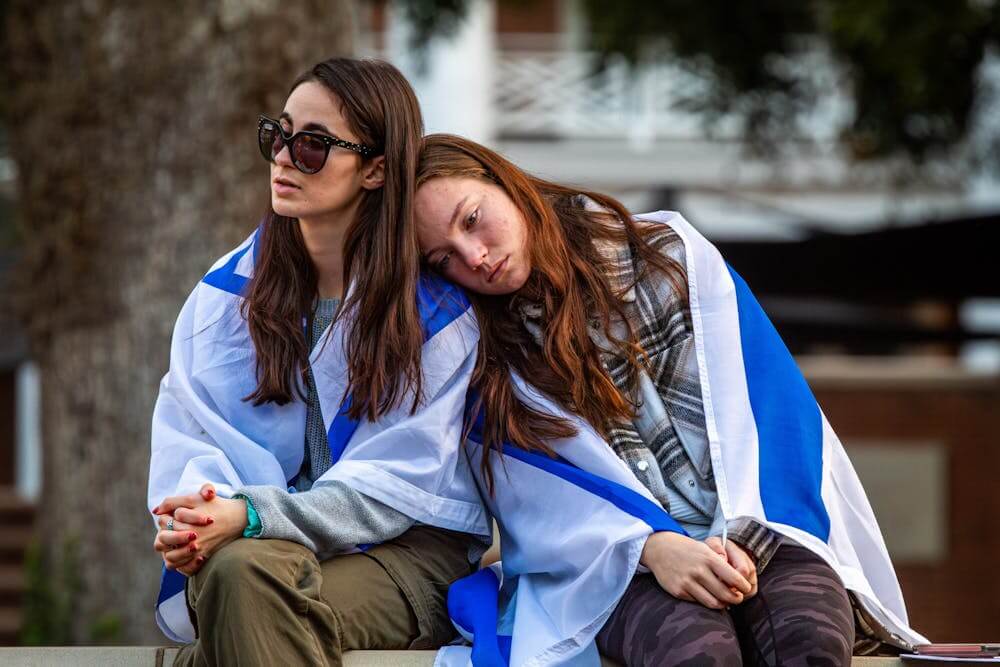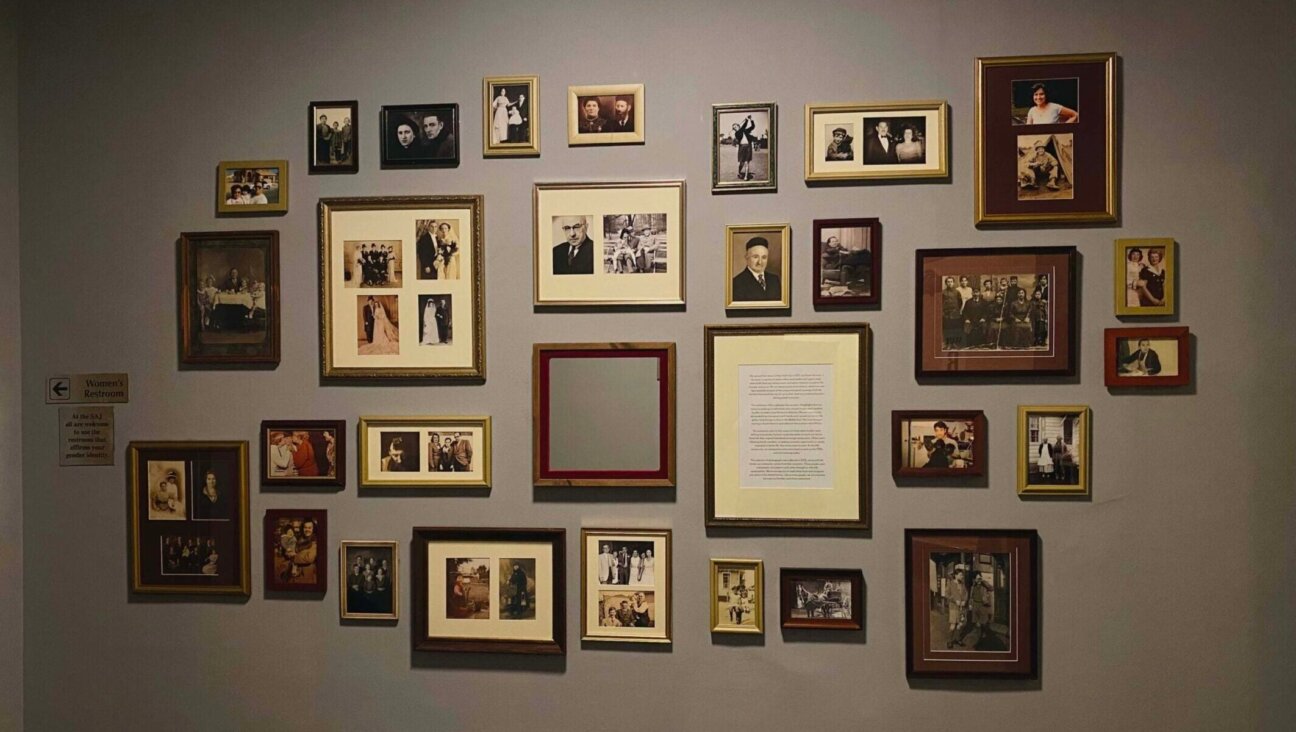Kassin Family Tree
I could be off by a dozen or so, but I count 70 rabbis in the family, going back to the year 1540. That makes the Kassin rabbinic dynasty one of the oldest on record.
The Syrian Jewish community, now in the news for exceedingly distasteful reasons, is fabled for its insularity, hence not much is known about it outside its own precincts. But the arrest on charges of alleged money laundering of Rabbi Saul Kassin, the leading rabbi of the Syrian community, in the great New Jersey sting, the one that netted 44 arrests — mayors rabbis, others — suddenly has changed that. It has demolished the virtual wall that long has shielded it from the view of its neighbors, this despite the fact that Brooklyn’s Syrian Jewish community is the largest concentration of Syrian Jews in the world, numbering some 75,000. I have neither appetite nor competence to examine the crimes in question. But it does seem to me worth spelling out some of what made the Kassin family noteworthy long before the current tawdry exposés.
The story actually begins in pre-expulsion Spain, but from that period we have only fragmentary details. Hard genealogical records begin in 1540 with Señor Shlomo Kassin, who in that year left Spain for Aleppo, in Syria. (Yes, it is curious: How did he survive as a Jew in post-expulsion Spain?) In Aleppo, he soon became head of the Jewish community. His grandson, Yomtov Kassin, was the first rabbi in the family, and the chief rabbi of the beit din (rabbinic court) of Aleppo. And from then until now, in Syria, Mexico, Egypt, Panama, Argentina, Palestine, Iraq and America, the family produced generations of rabbis, some men of great wealth, some paupers, many noted for their scholarship.
Enter Rabbi Jacob S. Kassin, born in Jerusalem in 1900 and a child prodigy. He was a learned student of Kabbalah, studying for some years with Rabbis Shalom Dweck and Shaul Hayim Dweck. (The last name may ring a bell: Solomon Dwek was the FBI’s informant and principal of its extensive criminal sting.) In 1933, Jacob Kassin accepted an invitation from the Magen David Congregation in Brooklyn to serve as chief rabbi and chief of the beit din. (For all these details, I rely on the published research of genealogist Sarina Roffe, an acknowledged expert on Aleppan Jewry and herself a member of Brooklyn’s Syrian community.) These posts he held for 60 years, until his death in 1994. During his tenure, it was clear that he was not only the leader of the Brooklyn community but the leader of Syrian Jewry worldwide. After his death, his son Saul — one of his three sons who became rabbis — succeeded him. And Saul, himself now 87 years old, is an alleged miscreant in the money laundering aspect of the criminal investigation.
Digression: Remember Rene Cassin? Not likely; few people do, although he was the Nobel laureate for peace in 1968. Wounded during the First World War, an active proponent of disarmament at the League of Nations between the wars (he was the French delegate to the league from 1924 to 1938), he became Charles de Gaulle’s minister of justice in exile in 1940. And — here’s the main reason for his Nobel — he was the principal author of the Universal Declaration of Human Rights, adopted unanimously in December of 1948. When Eleanor Roosevelt was chair of the U.N. Commission on Human Rights, Cassin served as its vice chair; from 1955 to 1957, he was the commission’s chair. The sorry state of human rights these days notwithstanding, the achievement of this French Jew deserves to be remembered; it set a benchmark for all.
And, though the specifics of the relationship are clouded, there is reason to believe that he, too, was a Kassin.
I was in Damascus in 1978, as Graham Greene-ish a city as I’ve ever visited. I stopped at an antique store I’d been told was the place to make contact with the Jewish community; the owner proposed that I return an hour later. It was as if jungle drums signaled my arrival; by the time I returned and was ushered to the second floor, the elders of the community had assembled. I dropped the appropriate names, and instantly became the beneficiary of genuine hospitality — including, most memorably, a prolonged visit to the underground academy where Talmud was being taught (in Arabic) to young boys. There I did an impromptu workshop for the teachers, working through the rabbi and his awkward Hebrew.
But that, as they say, is another story.














